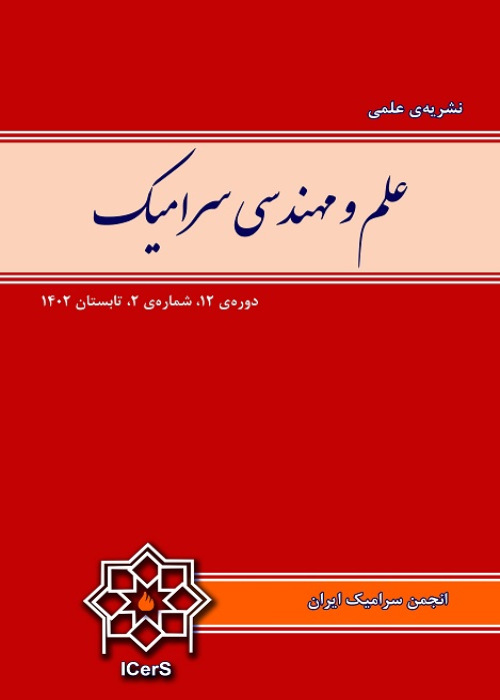Technical Features of Safavid White and Blue Glaze: Experimental Studies on the Samples Discovered from the Vault Related to Mosque-Madrassa of Sultan Hassan in Tabriz
The Nasriya complex (build up in 1478), also known as the Sultan Hassan Grand Mosque and the Mosque-Madrasa of Hassan Padshah, were destroyed due to earthquake in 1780, along with most of the historical monuments in Tabriz. Over archaeological speculations, two pieces of blue and white porcelain were discovered in this complex in 2006. As Tabriz was considered as an important commercial center in the Silk Road with respect to geographic position and plays a main role in extending relationships with Far East (East Asia), especially China, Chinese blue and white dishes were regarded as one of Chinese goods which were demanded by Iran and Tabriz. Therefore the authenticity and origin of two discovered potteries with respect to historic period and construction area were regarded as the main questions in the present study. In this regard, research on the samples carried out by using experimental methods such as thermo-luminescence dating (TLD), scanning electron microscopy (FE-SEM/EDS) and petrography as well as comparing the motifs and symbols of these potteries with Chinese ones. The results indicated that the potteries under study belong to the late Safavid government (1640-1648). Based on petrography and elemental analysis of the samples to compare the Zonous Kaolinite located in the northwest of Tabriz indicated that the soil of this area was probably used to construct these potteries. Further, the glaze of these samples was under color and alkaline and their blue pigment involved cobalt and iron, while bright blue consisted of chromium, cobalt, and iron. Due to high percentage of iron and low percentage of aluminum in these pigments, the blue ink of these samples was related to cobalt silicate which was inconsistent with Chinese potteries in which cobalt aluminate leads to blue color. The shape of the mark which was drawn on the exterior of these potteries is the type of “character marks” drawn by the potters of Safavid era on the products of their workshop. The motif related to the pottery having the mark is blue and grey plant, animal, and geometric with high delicacy, while that of other pottery is dark and bright blue human motifs (narrative) with lower delicacy. These potteries were probably constructed in Safavid era and probably created in Tabriz. Studying further samples and comparing with control ones can help conclusive results.
- حق عضویت دریافتی صرف حمایت از نشریات عضو و نگهداری، تکمیل و توسعه مگیران میشود.
- پرداخت حق اشتراک و دانلود مقالات اجازه بازنشر آن در سایر رسانههای چاپی و دیجیتال را به کاربر نمیدهد.


